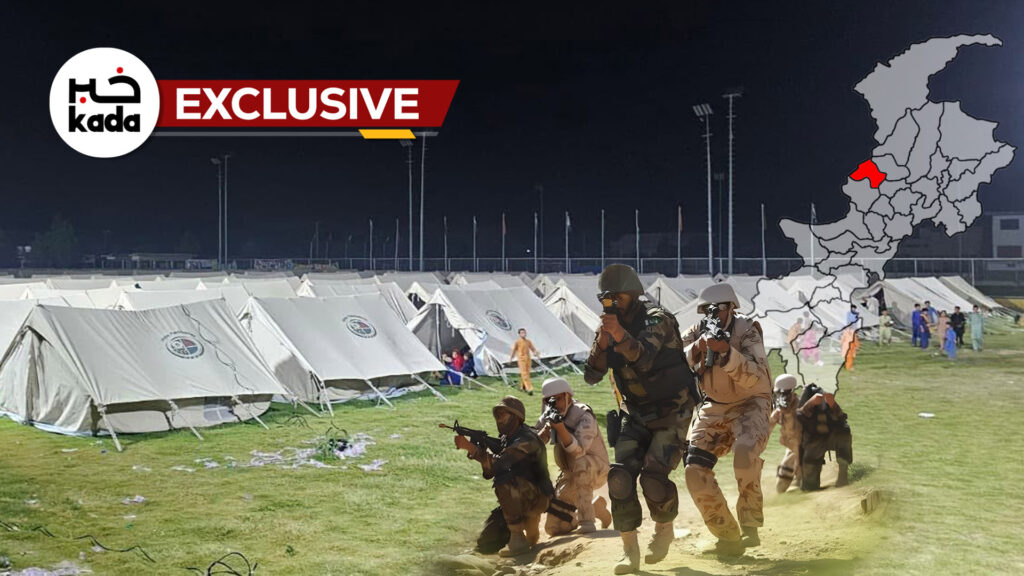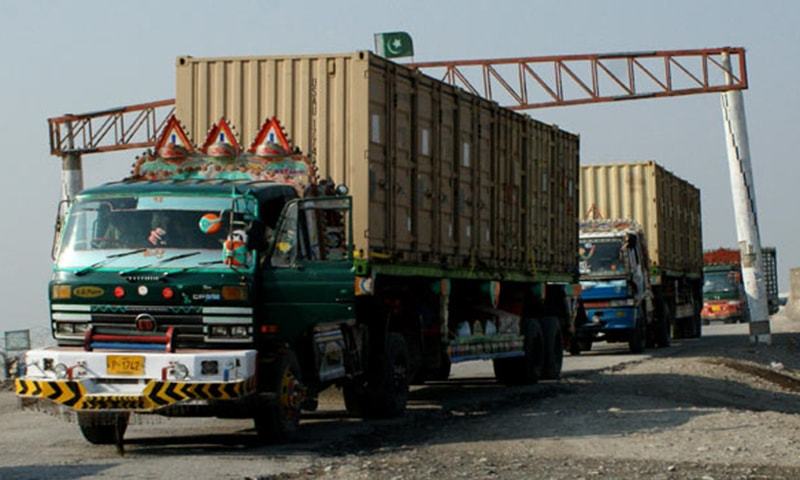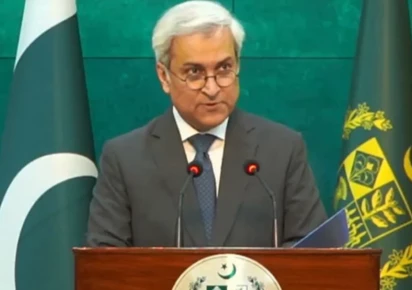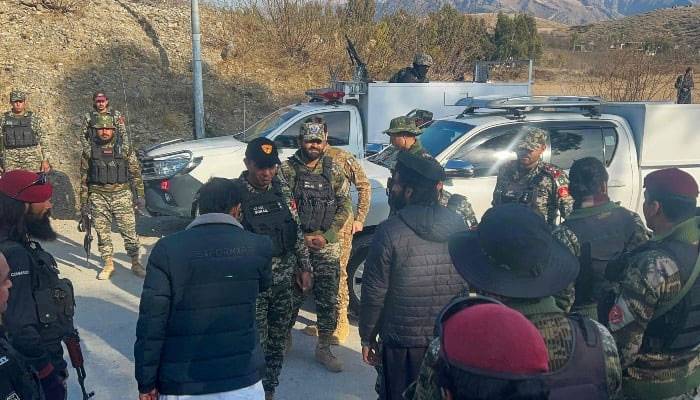Thousands have been forced from their homes due to a military operation against terrorists in Bajaur, Khyber Pakhtunkhwa. The district administration has converted over 107 government schools and colleges into temporary shelters, housing more than 4,000 people. These shelters lack water and electricity in the intense heat.
According to the Provincial Disaster Management Authority (PDMA), 500 tents have been erected at the sports complex, accommodating 2,400 individuals from 334 families. Affected residents report insufficient clean drinking water, inadequate lighting, and insufficient food supplies. Local residents and charitable organizations are providing food assistance. The district administration refutes these complaints, claiming that 18 hours of electricity, water tankers, and food according to rations are being provided. But to understand why this is happening requires a deeper dive into the state of terrorism in Bajaur and what the government hopes to achieve.
Uptick in terrorist attacks in Bajaur
Bajaur has seen a sharp increase in attacks in recent months, with locals raising concerns about the harm caused to civilians by security forces’ operations. In February of this year, an unknown armed group shot and killed a police officer protecting a polio vaccination team. This attack occurred during an anti-polio campaign when unknown assailants opened fire indiscriminately on the officer on duty. In June, unknown miscreants launched a rocket attack on the home of the Minister of State for Tribal Affairs, Mubarak Zeb Khan – this was the second attack on him. Previously, in May, suspected terrorists blew up the main gate of his house with a locally made improvised explosive device (IED). Last month, a bomb blast in the Nawagai area of Bajaur killed at least five people and injured 16, according to local officials.
The blast targeted a government vehicle near the Sadeqabad gate on the Nawagai Road in Khar tehsil. The deceased included Assistant Commissioner Nawagai Faisal Ismail, Tehsildar Abdul Waqil, Constable Zahid, and a passerby Fazal Munan. Sub-Inspector Noor Hakim, who was seriously injured in the attack, died of his injuries while being transferred to Peshawar. A few days later, Maulana Khan Zeb, a former ANP (Awami National Party) candidate for the National Assembly from Bajaur, and two others were shot dead by unknown assailants at Shindai Mor, just steps from the KP (Khyber Pakhtunkhwa) headquarters in Khar tehsil.
What is the target of the operation?
Initial reports said that the authorities were targeting terrorists who had entered the area from Afghanistan. Measures such as the curfew suggest that the situation is more serious than the ones usually handled through targeted intelligence-based operations.
A security official told Khabar Kada that there are around 400 or more terrorists in the area, a majority of whom are foreigners, with Afghans constituting a major chunk.
Operations in the area have to proceed with caution as authorities believe that the terrorists are hiding among the civilian population, hence necessitating movement of the population. The presence of terrorists in densely populated areas has been the subject of jirga discussions as well, with locals demanding the militants to ‘fight in the open’ at one point or go back to where they came from.
Curfew and Operation Commencement
This situation began on July 27th at 2:00 AM when Deputy Commissioner Shahid Ali Khan announced a three-day curfew in 16 villages of Mamund tehsil and a targeted military operation. Local sources report that three civilians were killed and several injured during this operation; however, seven militants were also reportedly killed, and several others injured.
Dr. Akhtar Ali Shah, a security expert and former Secretary of the Interior, recently told Khabar Kada that counter-terrorism operations must focus on disrupting the supply chains and recruitment of militant groups to effectively weaken them. He suggested that instead of evacuating areas, operations should be conducted based on reliable intelligence, minimizing civilian casualties while maximizing effectiveness. He expressed concern that evacuating the area allows militants to escape alongside civilians.
Negotiations between Militants and Security Forces
Following civilian casualties, political and social leaders protested. After two days of protests, it was decided to hold negotiations with both the military and the Taliban. A 50-member peace jirga (council) was formed, headed by Amir Jamaat-e-Islami Bajaur, Sahibzada Haroonur Rashid. Seven meetings were held between the two parties over 12 days, but without any resolution.
Akhoonzada Chattan, a former Member of the National Assembly and senior leader of the Pakistan Peoples Party, told Khabar Kada that negotiations are essential for resolving all issues, whether local or international. He stated that the militants present are mostly from Afghanistan or other areas.
On August 8th, the Bajaur district administration instructed farmers in Mamund and Nawagai tehsils to harvest their maize and sorghum crops within 100 meters of the roadsides by August 12th. According to farmer Wali Rahman, this was impossible, as harvesting millions of rupees worth of ready crops in three days is impractical.
On August 11, another notification was issued imposing a curfew from 11:00 AM to 11:00 PM on the main highways of Mamund tehsil and all of Bajaur, lasting until August 14th. Many displaced people are trapped in their homes due to the curfew.
What next?
Some easing of the operation, which began three days earlier, occurred on Wednesday, with the curfew lifted in various areas of Khar tehsil. However, a curfew remains in effect in most areas of Mamund. On Tuesday, a mortar shell landed on a house in Irab Mamund, killing three and injuring two. Protests are ongoing in Badisiya Mamund, while a national peace jirga continues at the Bajaur Press Club.







